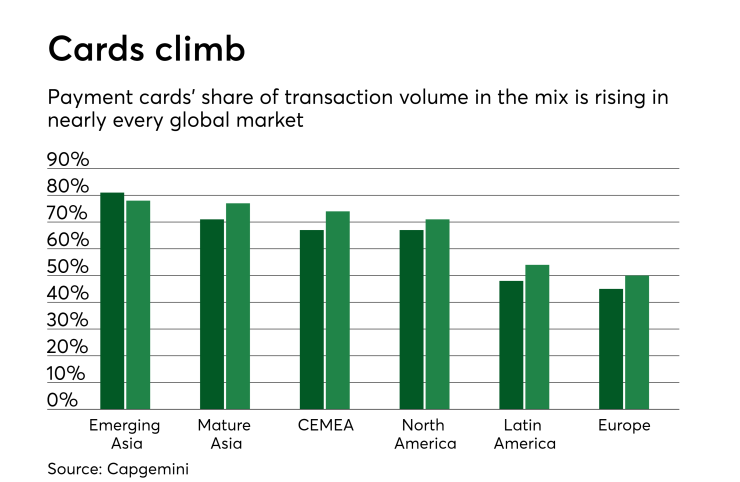A new card identification standard seems to be a long way off, but it's getting closer and issuers need to get ready.
In 2015, the International Standards Organization mandated that banks switch over from the current six-digit Bank Identification Number to the new eight-digit BIN on all credit and debit cards.
Appreciating the migration difficulties banks, credit unions and other card-issuing institutions would likely face, the ISO set the switch-over deadline to April 2022. That sounded like a reasonable timeline, but the deadline is now just a little under three years away. If institutions aren’t already preparing for migrating, they need to step on the gas. A leisurely approach could leave institutions in a ball of confusion with a card-reliant customer base just one frustration away from churning.

The combination of an increase in issuer and acquirer business needs, and tokenization, has led to a rapid depletion in the available pool of six-digit BINs. The migration is a necessary change to support the future growth of cards and payment options. It will also impact the entire payments ecosystem that customers use to shop, extend credit for major purchases, and pay bills.
To ensure a successful and seamless transition to the eight-digit BIN system, processors and payment vendors will have many tasks to complete ahead of the official deadline. For this reason, issuers should be armed at the ready far in advance, before the migration takes place.
A good first step in order to prepare for the eight-digit BIN migration is to determine exactly what, or who, will be impacted in your organization. This may include reporting, billing, user interfaces, application interfaces, enrollment forms or anything else that currently uses the six-digit ISO BIN.
Additionally, credit unions and other issuers should return any unused eight-digit BINs to their provider’s available BIN pool. They should also work diligently to determine which eight-digit BINs will carry on, locking down card issuance outside the surviving eight-digit BINs, and reissuing any cards onto the remaining BINs. In short, due to the potential for needing to reissue, time is of the essence.
Processors, acquirers and merchants who fail to act in time for the shift will see increases of misrouted or misprocessed transactions, many of which cannot be charged back to users via fees. Institutions will want robust reserves in place to cover unexpected costs.
The change over will come with a change in licensing cost if unused eight-digit BINs are not returned to the payment network’s available pool. It is important to remember that each BIN licensed to an issuer will become 100 BINs. Since annual BIN licensing costs will apply to every eight-digit BIN, the two extra BIN numbers will translate into an increase in costs to license.
On the plus side, issuers worried about running out of primary account numbers need not fear, as an eight-digit BIN can support the issuance of up to 10 million PANs.
The eight-BIN migration will be here sooner than many financial institutions believe. Fortunately, even for those institutions that haven’t started planning for the migration, there is enough time to limit confusion, lost revenue and customer churn. Making the necessary steps now will guarantee a more seamless future, and will ultimately ensure the payments ecosystem continues to thrive.





